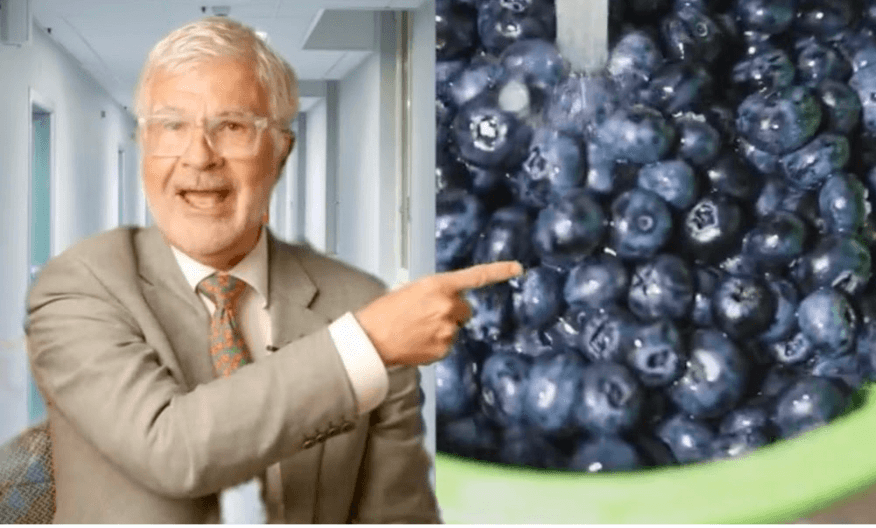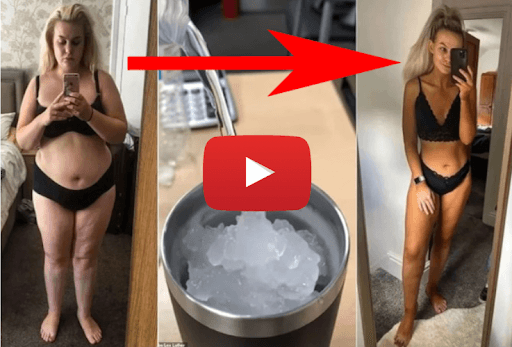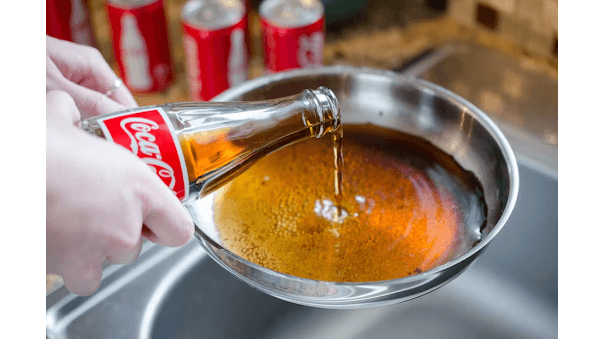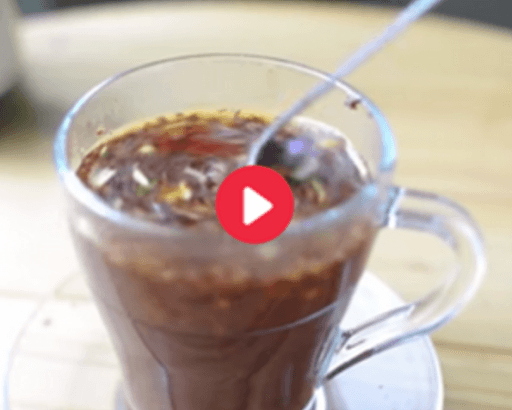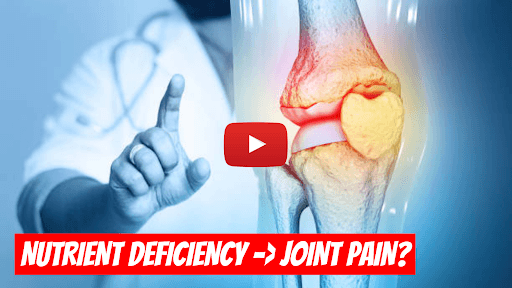Don't Put ICE On Your INJURIES! Here's Why...
In the context of bodily injuries, such as sprained ankles or insect bites, acute inflammation is often misunderstood. Instead of being seen as a body's alarm system, begging for attention, it is sometimes viewed as an adversary.
Acute inflammation is an essential first step in the healing process. When you sustain an injury, your body's inflammatory response kicks in, focusing resources on the affected area to begin repair and regeneration. This response is crucial in the fast and effective healing of tissues.
This approach can be contrary to the healing process. Over-reliance on ice and anti-inflammatories may slow down recovery by suppressing the necessary inflammation. Furthermore, discouraging mobility may lead to the development of long-term issues, such as persistent pain and chronic inflammation.
In light of this knowledge, it's important to recognize inflammation not as an enemy, but as an integral part of the healing journey we should nurture, not thwart. Rethinking how we approach treatment can lead to faster recovery and better long-term outcomes.
- Reexamine conventional advice on using ice and anti-inflammatory medication.
- Encourage movement where possible and safe post-injury to aid recovery.
- Understand the role of inflammation in promoting healing.
From Around The Web
Wellness Inbox is a blog & weekly newsletter that curates trending news and products related to health and wellness from around the web. We also gather content from various sources, including leading health professionals, and deliver it directly to you.
Please note that we may receive compensation if you purchase any products featured in our newsletter. Wellness Inbox is not affiliated with, nor does it endorse, any health professionals whose content may appear in our newsletter. The information provided is for general informational purposes only and should not be considered medical advice.
The information provided is not intended to replace professional medical advice, diagnosis, or treatment. All content, including text, graphics, images, and information available is for general informational purposes only. We do not guarantee the accuracy or completeness of any information presented and assume no liability for any errors or omissions. The content is subject to change without notice. We encourage you to verify any information with other reliable sources and consult your physician regarding any medical conditions or treatments.
